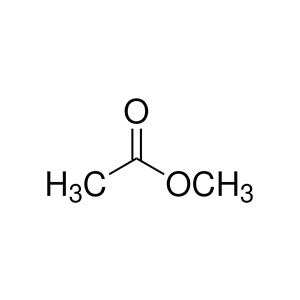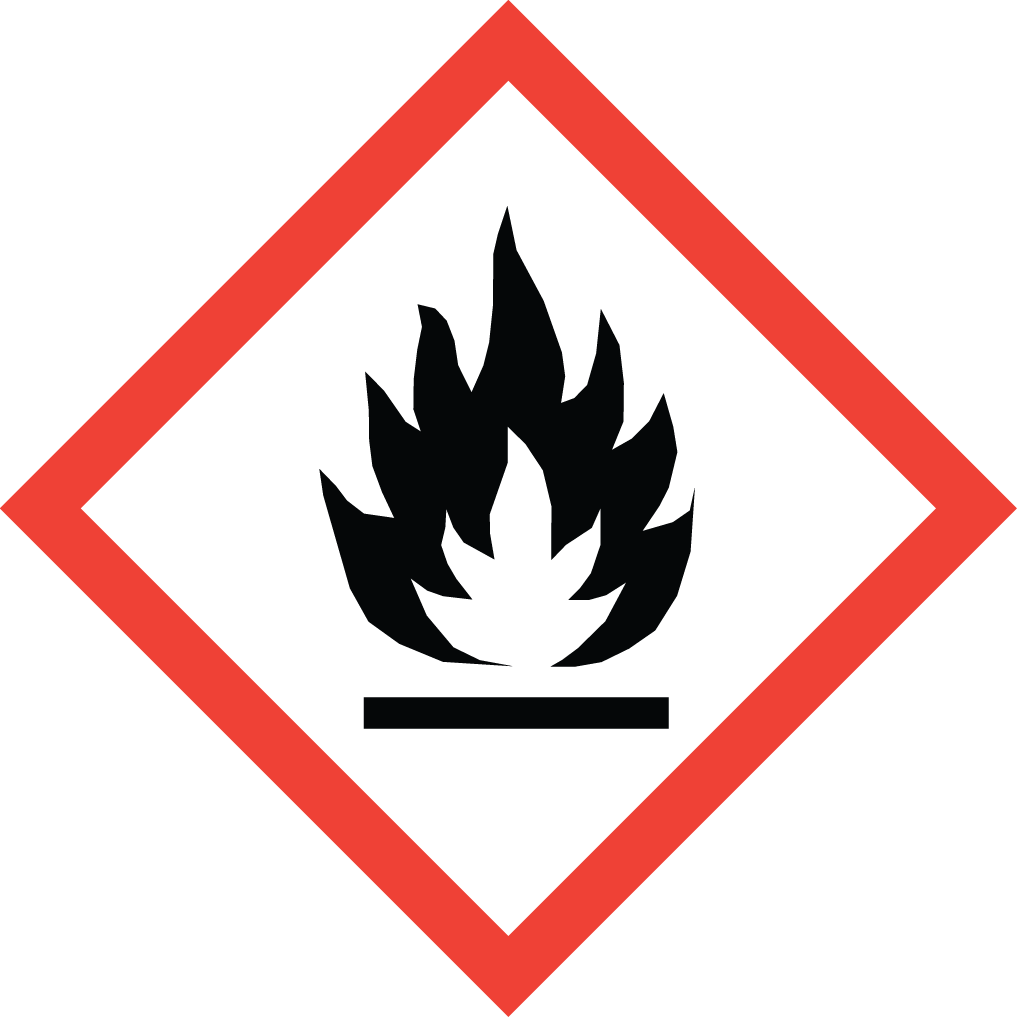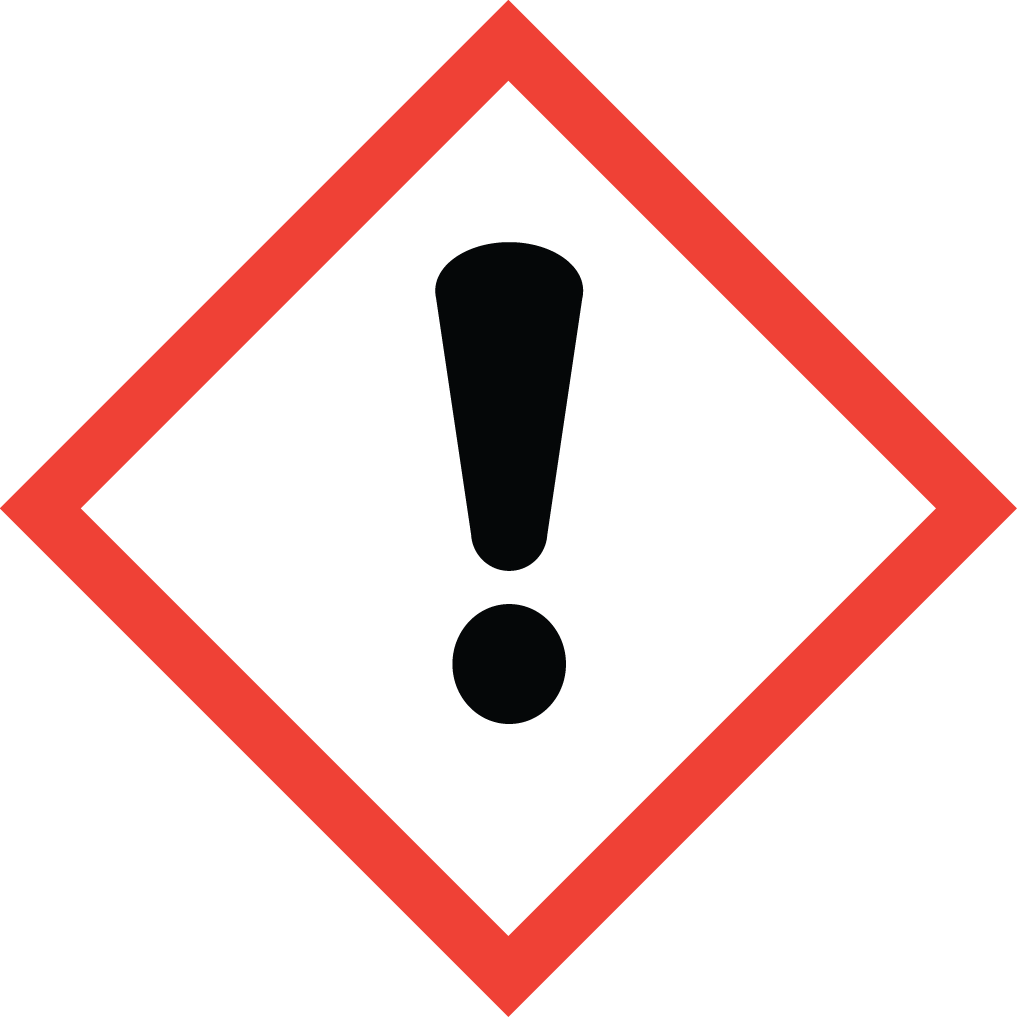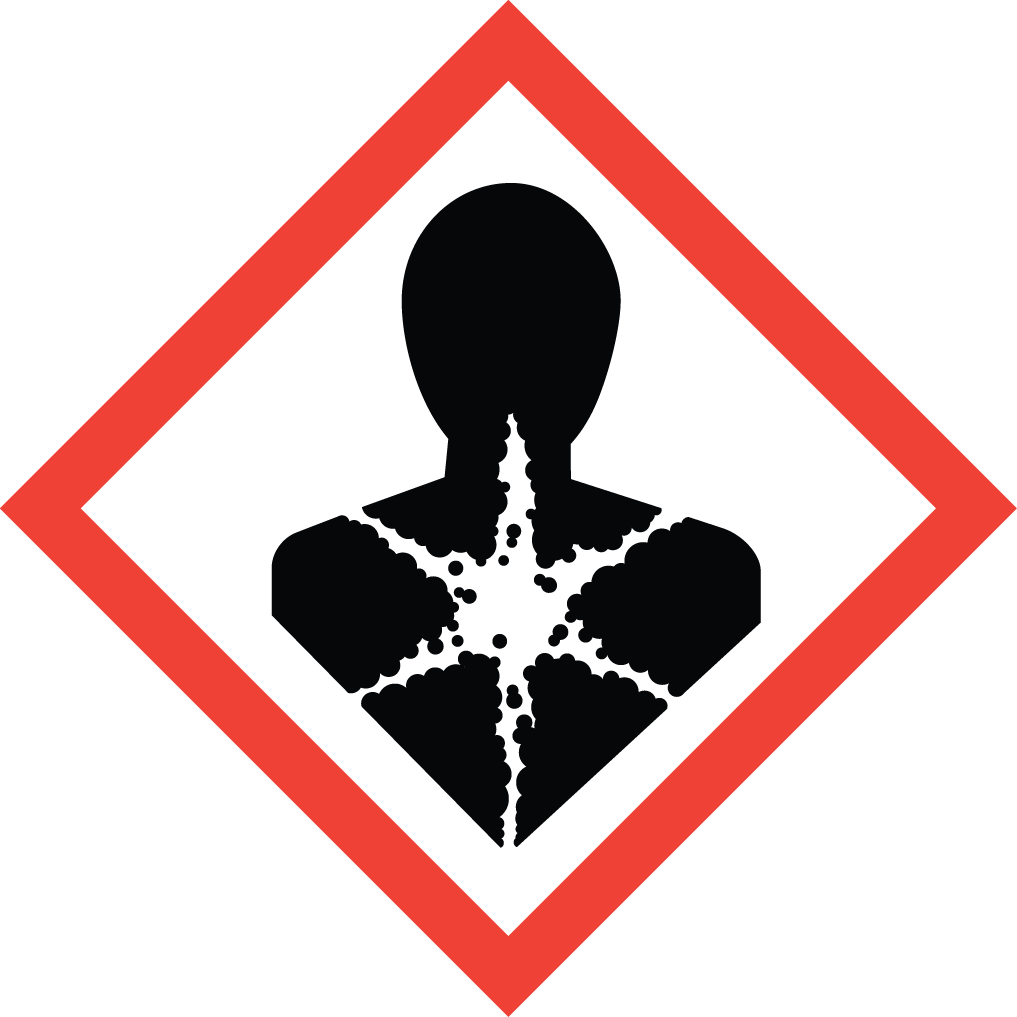Aure Chemical: Your Reliable Source for High-Purity Methyl Acetate (CAS 79-20-9)
Aure Chemical is a leading global supplier of Methyl Acetate (MeOAc), also systematically known as Methyl Ethanoate. This versatile organic ester is highly valued for its excellent solvency, fast evaporation rate, and relatively low toxicity profile, making it a preferred choice across numerous industrial applications. Our high-purity Methyl Acetate is an indispensable solvent and chemical intermediate used in sectors ranging from paints and coatings to pharmaceuticals and specialty chemicals.
Basic Information of Methyl Acetate
Methyl Acetate (CAS No. 79-20-9) is meticulously produced to meet stringent quality standards, ensuring exceptional purity and consistent performance for your diverse industrial needs:
| CAS No.: | 79-20-9 |
|---|
| EC No.: | 201-185-2 |
|---|
| Linear Formula: | CH₃COOCH₃ |
|---|
| Molecular Weight: | 74.08 |
|---|
| Appearance: | Transparent Liquid |
|---|
| Odor: | Characteristic mild, fruity odor. |
|---|
| Melting Point: | -98 °C (lit.) |
|---|
| Boiling point: | 57-58 °C (lit.) |
|---|
| Density: | 0.934 g/mL at 25 °C |
|---|
| Solubility: | Moderately soluble in water; miscible with most organic solvents like ethanol, ether. |
|---|
| Flash Point: | 3.2 °F |
|---|
| Purity: | Highly flammable liquid and vapor. |
|---|
| RIDADR: | UN 1231 3/PG 2 |
|---|
| Chemical Structure: |  |
|---|
Our commitment to delivering high-purity Methyl Acetate ensures a reliable and efficient component for your manufacturing and formulation needs.
Primary Applications of Methyl Acetate (MeOAc)
Methyl Acetate's unique combination of properties, including its solvency power and volatility, makes it a highly sought-after chemical for various industrial uses:
Solvent for Paints, Coatings, and Lacquers:
Methyl Acetate is an excellent solvent for a wide array of resins, cellulose derivatives, and polymers. Its rapid evaporation rate makes it ideal for fast-drying applications in automotive coatings, wood finishes, furniture lacquers, and industrial paints, ensuring smooth film formation.
Printing Inks:
It's widely used in the formulation of printing inks, particularly for flexographic and gravure printing. Its quick drying time helps prevent smudging and ensures high-quality print results on various substrates.
Adhesives and Sealants:
As an effective solvent, Methyl Acetate is a key component in many adhesive and sealant formulations, contributing to proper viscosity, application properties, and efficient curing.
Chemical Intermediate:
Methyl Acetate serves as a versatile chemical intermediate in the synthesis of numerous other organic compounds, including acetic anhydride, acetyl chloride, and various specialty chemicals. It is also used in the production of vinyl acetate monomer (VAM) in some processes.
Cleaning Agent:
Due to its good solvency and relatively low toxicity profile compared to some other industrial solvents, it finds use as a cleaning agent in some manufacturing processes and for equipment maintenance.
Pharmaceutical Applications (limited):
While less common than Ethyl Acetate, Methyl Acetate can be used in certain pharmaceutical processes as a solvent or extractant where its specific properties are beneficial.
Why Choose Aure Chemical for Your Methyl Acetate Supply?
Aure Chemical is dedicated to providing superior chemical solutions and unparalleled customer support. By partnering with us for your Methyl Acetate requirements, you benefit from:
Exceptional Purity & Consistency: Our Methyl Acetate is manufactured to stringent purity specifications, ensuring optimal performance and compliance for your demanding applications.
Reliable Global Supply Chain: We maintain a robust and efficient supply network, guaranteeing timely and secure delivery of this essential solvent to your facilities worldwide.
Expert Technical Support: Our team of experienced chemists and specialists is readily available to offer comprehensive guidance on product application, safe handling, and optimal storage conditions for Methyl Acetate.
Commitment to Quality & Safety: We adhere to the highest industry standards for quality management, safety, and environmental responsibility across all our operations, ensuring peace of mind for our clients.
Choose Aure Chemical for a trustworthy and dependable supply of high-quality Methyl Acetate. We are ready to support your most intricate chemical formulations and processes.
Hazards Classification
GHS Classification: Flammable Liquid (GHS02), Irritant (GHS07), Health Hazard (GHS08)
Hazard Statements: Highly flammable liquid and vapor; causes serious eye irritation; may cause drowsiness or dizziness.
UN Number: UN 1231
Hazard Class: 3 (Flammable Liquids)
Packing Group: II
 GHS02: Flammable
GHS02: Flammable GHS07: Irritant
GHS07: Irritant GHS08: Health Hazard
GHS08: Health Hazard
